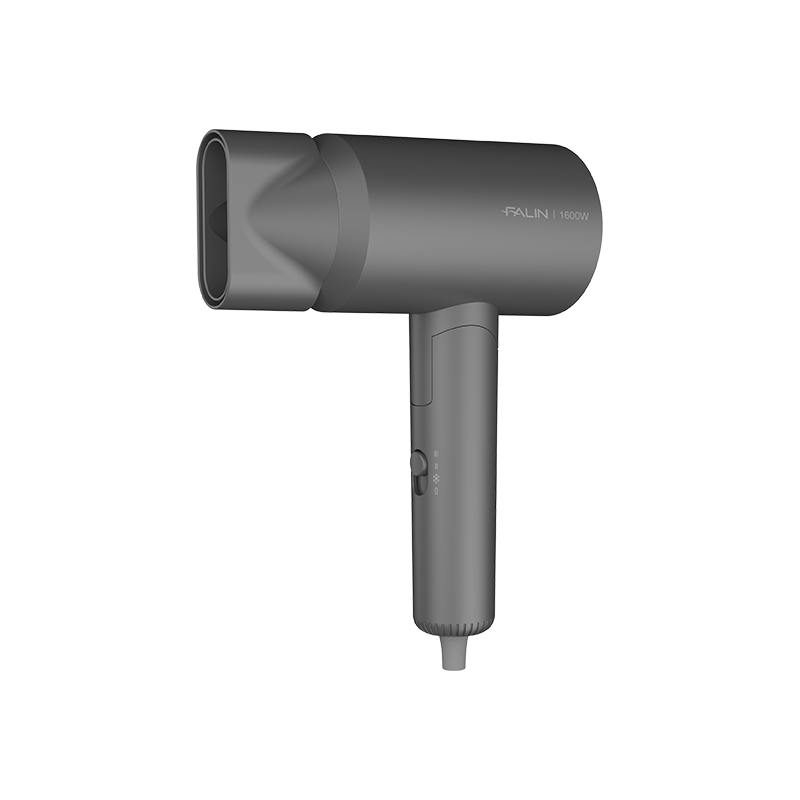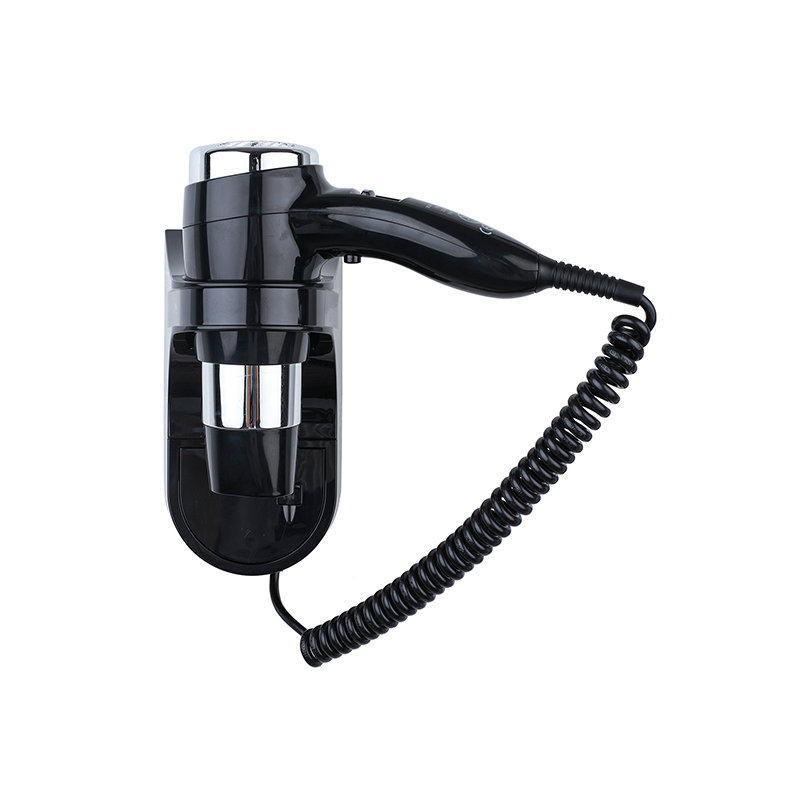
Public restrooms require hand drying solutions that are efficient, hygienic, and durable. Among the options available, brushless motor hand dryers have gained popularity in offices, airports, restaurants, and other high-traffic areas. Their combination of performance, energy efficiency, and low maintenance makes them an attractive choice for facility managers.
How Brushless Motors Work
A brushless motor differs from traditional motors by eliminating brushes that create friction and wear. Instead, it uses electronic control to manage the motor's operation, resulting in smoother performance. In brushless motor hand dryers, this means faster air delivery, quieter operation, and a longer lifespan.
The electronic control also allows precise adjustment of speed and power. Facility managers can choose models that balance drying time and energy consumption according to the restroom's needs.
Efficiency and Speed
One key reason brushless motor hand dryers are preferred is their efficiency. Without brushes causing energy loss, the motor converts more electrical energy into air movement. This allows for high-speed drying that typically takes 10–15 seconds per use, reducing the time users spend at the dryer.
Faster drying not only improves user satisfaction but also reduces congestion in busy restrooms. Public spaces with high foot traffic benefit from this efficiency, as multiple users can dry their hands in a short period without creating long queues.
Hygiene Benefits
Hygiene is a critical concern in public restrooms. Brushless motor hand dryers often feature high-speed airflow that removes water quickly, minimizing the spread of bacteria. Some models include HEPA filters, which trap airborne particles before the air reaches users' hands.
The absence of brushes also reduces the risk of internal contamination. Traditional brushed motors can accumulate dust or moisture on the brushes, which may harbor bacteria over time. The brushless design is easier to maintain and clean, contributing to a more hygienic environment.
Durability and Maintenance
Durability is another advantage of brushless motor hand dryers. Without brushes that wear down, the motor experiences less friction and heat, extending the lifespan of the dryer. Many units are rated for hundreds of thousands of cycles, making them suitable for continuous use in public facilities.
Maintenance requirements are minimal. Facility staff only need to check for blockages or clean external surfaces, rather than replacing worn brushes or motors. Reduced maintenance helps lower long-term costs and ensures that the dryer remains operational with minimal downtime.
Energy Savings
Energy efficiency is an increasingly important factor for public facilities. Brushless motor hand dryers consume less electricity than brushed counterparts, both because of reduced friction and optimized airflow design. Many models also include sensors that activate the dryer only when hands are present, further reducing energy waste.
Lower energy consumption translates into cost savings and aligns with sustainability goals, which is particularly appealing for organizations seeking environmentally responsible solutions.
Noise Considerations
Public spaces often require quieter equipment. Brushless motors operate more smoothly, generating less vibration and noise. Quieter operation contributes to a more comfortable restroom experience, especially in places like libraries, offices, or hospitals.
Brushless motor hand dryers are preferred in public spaces due to their efficiency, hygiene benefits, durability, energy savings, and quieter operation. By using electronic control and eliminating friction-causing brushes, these dryers deliver faster and cleaner hand drying while requiring minimal maintenance. For high-traffic areas, they provide a practical, cost-effective, and user-friendly solution that meets both operational and environmental needs.


 English
English 中文简体
中文简体





 Building 19, Block 9, Bihu Wangyang Town, Liandu District, Lishui City, Zhejiang Province, China
Building 19, Block 9, Bihu Wangyang Town, Liandu District, Lishui City, Zhejiang Province, China 